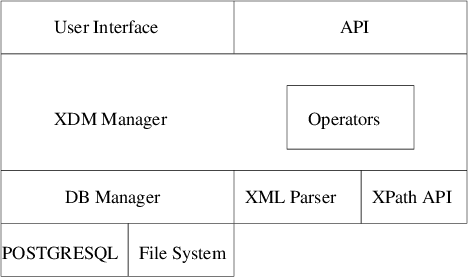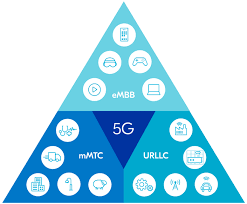The Role of Xn in 5G: Exploring the Interface Between gNBs
telcomatraining.com – The rollout of 5G networks has revolutionized the telecommunications landscape, bringing unprecedented speeds, lower latency, and support for massive device connectivity. At the heart of this transformation lies the complex infrastructure that powers these networks. Among the key elements of this infrastructure is the Xn interface, a crucial component for seamless communication between gNBs (Next Generation Node Bs). This article explores the role of Xn in 5G networks, its technical functions, and its significance in ensuring robust network performance.
Understanding the Xn Interface
In the 5G system architecture, the Xn interface connects two or more gNBs, which are the equivalent of base stations in previous generations of cellular networks. Unlike earlier architectures, where connections between base stations were often proprietary or limited, the Xn interface is standardized by the 3rd Generation Partnership Project (3GPP). This standardization ensures interoperability between equipment from different vendors, a critical factor in the heterogeneous ecosystems of modern networks.
The Xn interface is divided into two subcategories:
- Xn-U (User Plane Interface): Handles user data traffic, ensuring efficient delivery of data packets.
- Xn-C (Control Plane Interface): Manages signaling and control information, enabling features like handover and mobility management.
Key Functions of the Xn Interface
The Xn interface plays several pivotal roles in 5G networks, directly influencing performance, user experience, and network reliability.
1. Handover Management
Seamless mobility is a cornerstone of 5G, especially with applications like autonomous vehicles, smart cities, and IoT devices. The Xn interface enables efficient handover processes between gNBs, ensuring that users experience uninterrupted connectivity as they move across different network areas. By facilitating low-latency communication between gNBs, the Xn interface minimizes call drops and data interruptions.
2. Load Balancing
5G networks need to handle immense traffic loads, often unevenly distributed across gNBs. The Xn interface helps distribute this load by allowing gNBs to share information about their capacities and adjust traffic dynamically. This load balancing ensures optimal network utilization and prevents bottlenecks, enhancing overall user satisfaction.
3. Dual Connectivity Support
The Xn interface supports dual connectivity, a feature that allows a user device to simultaneously connect to multiple gNBs. This capability improves data throughput and network resilience. For instance, in scenarios where one gNB faces congestion, another can take over to maintain consistent service quality.
4. Error Reporting and Recovery
Errors and network issues are inevitable, but the Xn interface provides robust mechanisms for reporting and recovery. By sharing error information between gNBs, the network can swiftly implement corrective measures, minimizing downtime and service degradation.
The Significance of Xn in Advanced 5G Use Cases
As 5G technology matures, its applications extend beyond traditional telecommunications into domains like augmented reality (AR), virtual reality (VR), and massive IoT deployments. The Xn interface is instrumental in supporting these advanced use cases.
1. Enhanced Mobile Broadband (eMBB)
For applications requiring ultra-high-speed data transfer, such as 4K video streaming or immersive gaming, the Xn interface ensures smooth transitions between gNBs, maintaining high throughput and low latency.
2. Ultra-Reliable Low-Latency Communications (URLLC)
Industries like healthcare and autonomous transportation rely on URLLC for mission-critical applications. The Xn interface contributes to the reliability and responsiveness of these systems by enabling rapid communication and efficient handover between gNBs.
3. Massive Machine-Type Communications (mMTC)
The Xn interface also supports the scalability required for connecting billions of IoT devices. By coordinating traffic and resource allocation between gNBs, the interface ensures that even massive device deployments remain functional and efficient.
Challenges and Future Directions
While the Xn interface has proven its value, it is not without challenges. As 5G networks continue to expand, the demands on the Xn interface grow, requiring advancements in scalability, security, and performance. Additionally, with the emergence of 6G on the horizon, the Xn interface may need to evolve further to accommodate new technologies and use cases.
Standardization efforts must continue to ensure interoperability across vendors, and research into optimizing Xn interface protocols will be essential for maintaining network reliability and efficiency.
Conclusion
The Xn interface serves as the backbone of communication between gNBs in 5G networks, enabling critical functions like handover management, load balancing, and dual connectivity. As 5G adoption accelerates and new use cases emerge, the importance of the Xn interface will only grow. By addressing its challenges and exploring future innovations, the telecommunications industry can ensure that 5G networks remain robust, adaptable, and ready to meet the demands of a hyper-connected world.
This exploration of the Xn interface highlights its indispensable role in shaping the future of 5G and beyond.







